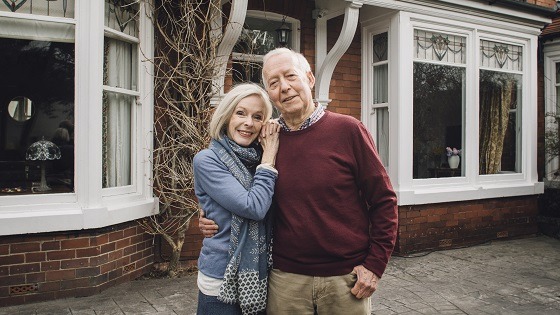 Owning your home as tenants in common rather than joint tenants provide additional planning opportunities. This can potentially protect inheritance in terms of residential care fee assessment and marriage following bereavement.
Owning your home as tenants in common rather than joint tenants provide additional planning opportunities. This can potentially protect inheritance in terms of residential care fee assessment and marriage following bereavement.
A property protection trust is put in place so that the half share of the family home belonging to the first person to die passes into the trust (also known as a life interest trust). This allows the surviving spouse to benefit from the share of the house during their lifetime. Following the surviving spouse’s death, the property can then be passed on to either children or loved ones. By putting this trust in place, you are ensuring your assets are going exactly where you want them to go and giving you total peace of mind.
The benefits of a property protection trust are:
- Each spouse now owns 50% of the property
- Each spouse grants the surviving spouse a ‘right to reside’
- Allows you to pass your property to your chosen beneficiaries
- Each spouse can gift their 50% as they see fit (both halves of the property do not have to go to the same beneficiaries)
- Allows you to nominate your chosen Executors/Trustees to handle the property on your behalf
- Can be used as a tool for planning for care home fees
Please be aware that should the survivor remarry, not make a new will and then die, intestacy rules would see the new spouse taking a disproportionate amount of the estate. By severing the tenancy and creating a life interest trust in your wills (for the surviving spouse), this means your assets are going exactly where you want them to go and giving you total peace of mind. To preserve the residential nil rate band, property needs to pass to direct descendants.
Visit our page on trusts and protecting your family for more information.
